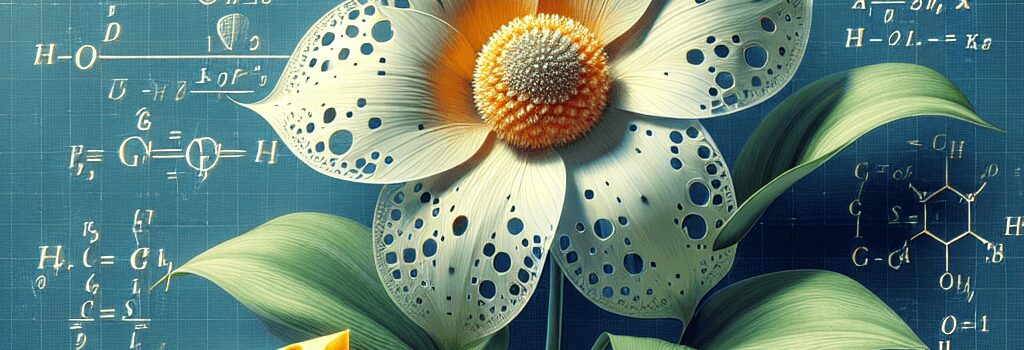The physics of Swiss cheese flowers

Tête de Moine, an iconic semi-hard cheese from the Swiss Jura, is often served by scraping the top of a cheese wheel in a circular motion with a special tool. This process yields delicate, frilly curls—colloquially called “flowers”—that enhance both flavor release and visual appeal. In this article, we explore the mechanical, material, and design principles behind these cheese flowers, adding technical depth and expert commentary.
History and Cultural Significance
Originating in the 12th century at the Bellelay Abbey, Tête de Moine—literally “Monk’s head”—evolved from a hearty monastic staple into a gourmet delicacy. The transformation from thick wheels to paper-thin rosettes emerged in the late 20th century, when cheesemakers sought a method to maximize aroma and mouthfeel.
The Girolle: Technical Specifications
- Blade material: Hardened stainless steel (DIN 1.4404) for corrosion resistance
- Shaft height: 45mm above board surface for optimal leverage
- Base diameter: 160mm to fit a 250mm cheese wheel
- Rotation mechanism: Ball-bearing swivel for smooth, consistent turns
Design and Materials
The Girolle’s precision-cut blade has an edge radius of approximately 0.1mm. This ultra-fine edge minimizes compressive stress on the cheese matrix, promoting clean fractures. The base is typically made of phenolic resin or beechwood, chosen for low hygroscopic expansion and a sturdy grip.
Physics Behind the Frilly Flowers
Creating a cheese flower is a practical exercise in applied mechanics:
- Frictional Force: The lateral force applied by the blade overcomes surface adhesion but must stay below the cheese’s yield stress (~1.5MPa).
- Shear and Fracture Mechanics: As the blade moves, it induces shear planes at a controlled angle (20–30 degrees) to create uniform thickness (~0.2mm).
- Elastic Deformation: The cheese’s viscoelastic properties allow a slight bending before fracture, resulting in the characteristic curl.
Force and Fracture Analysis
Recent tests at ETH Zurich measured the peak force at 2.3N per scrape. Finite element models show stress concentration beneath the blade edge, which can be optimized by adjusting the blade angle and speed (ideally 60rpm).
3D Modeling and CAD: Innovation in Tool Design
Engineers at a Swiss startup have begun producing open-source CAD files for custom Girolle prototypes. Using tools like SolidWorks and Fusion 360, designers can experiment with:
- Variable blade curvature for different cheese hardness
- Ergonomic handle geometries evaluated via finite element analysis (FEA)
- Modular bases to accommodate various wheel diameters
Material Science of Cheese Texture
Cheese texture is governed by fat crystallization and protein network cross-linking. Microstructural imaging (SEM) reveals pore sizes of 50–150µm, which influence fracture paths. Controlling aging at 12–16°C and 85% humidity yields optimal elasticity for flower formation.
Automation and Future Trends
While traditional Girolles are manual, recent prototypes incorporate stepper motors and torque sensors. A proof-of-concept uses Arduino-controlled servos to maintain constant force and speed, potentially scaling for cheese factories and self-serve gourmet kiosks.
Expert Insights
“Understanding the viscoelastic behavior of cheese under shear is crucial for consistently beautiful rosettes,” says Dr. Anna Keller, food rheologist at the Swiss Dairy Institute. “Small adjustments in temperature and blade geometry can make a noticeable difference in texture and aroma release.”
From medieval monasteries to modern CAD labs, the journey of Tête de Moine’s frilly flowers demonstrates a perfect blend of artisanal tradition and engineering innovation.